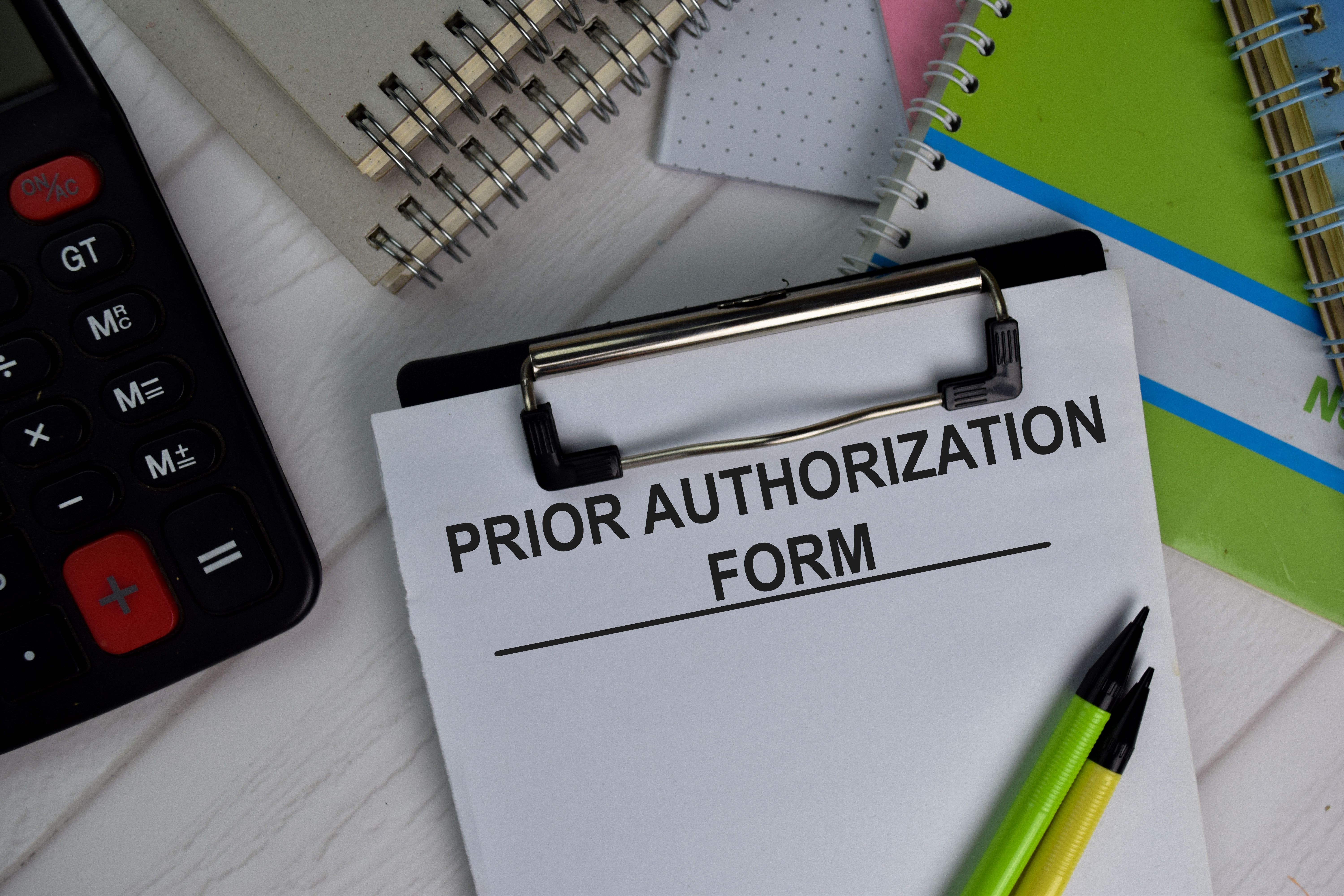Article
Your 2006 taxes: Smart ways to cut taxes now
Author(s):
The clock's winding down, but there are still ways to reduce your bill-and next year's too.
You may think that when we ushered in the New Year, you said goodbye to your last chance to pare down the bill that comes due on April 16th. Not so. There are still some savvy tax-reducing moves left. Here's a roundup of ways to hold on to more of your hard-earned money.
Avoid taking some deductions
There are the lucky dogs, and then there are those who are subject to the Alternative Minimum Tax. A secondary calculation that was designed to make sure the rich pay their fair share, the AMT ensnares high-income individuals who wouldn't necessarily be considered affluent-and their numbers are growing. More than 80 percent of households with incomes between $100,000 and $200,000 will pay the AMT by 2010, according to the Tax Policy Center, a joint venture of the Urban Institute and Brookings Institution. Not only will the AMT affect more people, 71 percent of those subject to it in 2006 (and 89 percent in 2010) will be faced with higher marginal tax rates. The only good news-as more taxpayers are included, the average AMT liability-$6,782 last year-is projected to drop.
Claim that phone tax refund
For your 2006 return only, the IRS will retroactively refund the excise tax you paid on your personal and business long-distance phone service from March 1, 2003 to July 31, 2006. "The 41-month time period was chosen arbitrarily," explains Barbara Weltman, author of J.K. Lasser's 1001 Deductions & Tax Breaks 2007 (John Wiley & Sons, 2007), "and some are still fighting to have it extended."
If you don't have copies of your phone records, see if your long-distance carrier will provide them. A simpler option: The IRS allows you to select a fixed credit-$30 for one exemption, $60 for four or more. Unlike deductions, which reduce your AGI, credits reduce your tax bill dollar-for-dollar. The fixed refund amounts, which include interest, only apply to individuals and Schedule C sole proprietors with gross income up to $25,000. Businesses (including corporations and partnerships) must claim the actual amounts from their phone bills or use an IRS-created simple formula. Larger sole proprietors have a choice of three options: their actual amounts, the IRS formula for their business expenses and actual for their personal, or the standard refund amounts for both business and personal; for guidance, go to http://www.irs.gov and download Form 8913, Credit for Federal Telephone Excise Tax Paid.
Do all you can to feather your nest egg
If you don't have a retirement plan, you may be able to contribute up to $4,000 to a traditional IRA (or $5,000 if you're 50 or older) for 2006. You have until April 16th to make contributions and reduce your taxable income for the year.
You can also get a jump start on 2007. Deadlines for certain other plans have passed, but now's the time to start planning for this year's contributions. "You can contribute up to $15,500 in a 401(k) or 403(b) plan, or $20,500 if you're 50 or over," says Louis Bassik, CPA, of Price, Rosenberg & Bassik in Bardonia, NY.





